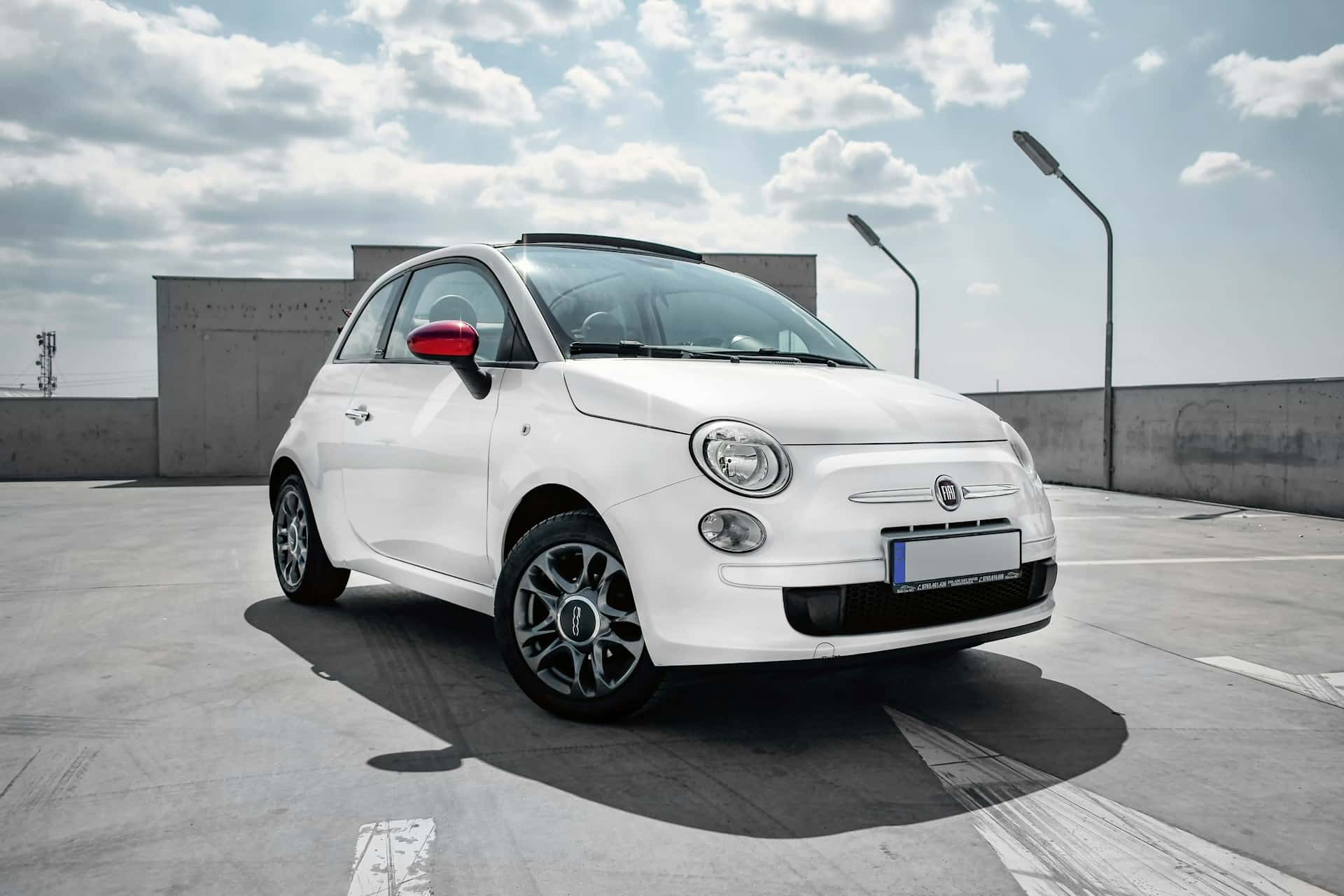How to Achieve Optimal Brake Bias in a Rear-Wheel-Drive Car Like the Mercedes SLK?

In a world where the performance of cars is valued as much as their aesthetic appeal, mastering the art of achieving optimal braking bias in a rear-wheel drive vehicle is an essential skill. It is a key aspect of driving that can make a significant difference in how well you control your car, how fast you can stop, and how smoothly you can maneuver tight corners. It becomes all the more important when you’re handling a high-performance vehicle like the Mercedes SLK. This article delves into the intricacies of brake bias, focusing on how to manage it in rear-wheel drive cars, specifically in a Mercedes SLK, a car that is renowned for its high performance and driving finesse.
Understanding Brake Bias
Before you can adjust brake bias, it’s essential to understand what it is. Brake bias is the distribution of braking force between the front and rear wheels of a car. In an ideal scenario, each wheel should receive an equal amount of braking force. However, due to factors like weight, speed, and road conditions, this seldom happens.
A découvrir également : How to Replace a Worn-Out Suspension Bushing in a BMW X3 for Better Ride Quality?
For a rear-wheel drive car like the Mercedes SLK, the brake bias is usually set in favor of the front wheels, as they handle a large part of the car’s braking duties. This is because when a car brakes, its weight transfers forward, putting more load on the front tires.
However, having too much brake bias towards the front can be problematic. It can cause the rear wheels to lock up, causing the car to skid or spin. Conversely, too little brake bias towards the front can result in the front wheels locking up, causing understeer. Hence, achieving a balanced brake bias is crucial in maintaining control and stability of the car.
A lire également : Is it Feasible to Retrofit a Start-Stop System in an Older Audi A8 to Save Fuel?
Brake Bias in the Mercedes SLK
The Mercedes SLK, a rear-wheel drive car renowned for its high performance, handles brake bias rather effectively. The car comes equipped with ABS, or the Anti-lock Braking System, a safety system that prevents the wheels from locking up during heavy braking. This allows the driver to maintain steering control while braking, contributing to a more balanced brake bias.
The Mercedes SLK’s high performance nature also means it has a higher than average brake bias towards the front. This is to maximize the braking performance of the car, given its high speed capabilities. However, this also means that the rear wheels are at an increased risk of locking up during heavy braking, leading to instability.
So, how can you manage brake bias effectively in a Mercedes SLK? One way is by using the brake bias adjustment feature in the car. This feature allows the driver to manually adjust the brake bias in real-time, enabling the driver to adjust the braking performance according to the driving conditions. It’s a handy feature that can greatly enhance the driving performance of the Mercedes SLK.
Tuning the Brake Bias
Tuning the brake bias is a process of adjusting the brake force distribution between the front and rear wheels. In a high-performance car like the SLK, tuning the brake bias can be done by adjusting the brake balance bars, brake pads, and brake fluid. The aim here is to strike a balance that provides maximum stopping power without causing the wheels to lock up.
To start with, you can try adjusting the brake balance bars. These are devices that allow you to change the brake force distribution between the front and rear wheels. By moving the balance bar towards the front or the rear, you can adjust the brake bias.
Secondly, you could consider changing the brake pads. Different brake pads have different friction coefficients, which means they can produce different amounts of braking force. By using brake pads with a higher friction coefficient on the rear wheels, you can increase the brake bias towards the rear.
Finally, you can try changing the brake fluid. Brake fluid plays a crucial role in transmitting the braking force from the brake pedal to the wheels. By using a high-performance brake fluid, you can enhance the overall braking performance of the car, aiding in achieving a balanced brake bias.
Modifying the Tire Grip
The grip of the tires is another factor that can influence the brake bias. Specifically, the grip difference between the front and rear tires can affect how the braking force is distributed. As such, adjusting the tire grip can be an effective way to manage brake bias.
In a rear-wheel-drive car like the Mercedes SLK, the rear tires tend to wear out faster than the front tires due to the torque being applied to the rear wheels. This can result in a grip difference between the front and rear tires, affecting the brake bias.
This can be managed by rotating the tires regularly, ensuring that the wear is evenly distributed among all four tires. Additionally, using high-quality, performance-oriented tires can also help in achieving a balanced grip between the front and rear tires.
Getting Professional Assistance
While the above methods can help in achieving optimal brake bias, it’s recommended to seek professional assistance for the best results. Professional car tuning services are equipped with advanced tools and experienced staff who can accurately adjust the brake bias for optimal performance.
They can assess the exact brake bias of your Mercedes SLK, and make the necessary adjustments. They can also provide recommendations on the best brake pads, brake fluids, and tires that can enhance the braking performance of your car.
Remember, achieving optimal brake bias is not a one-time activity. It requires regular assessment and adjustments, especially if you drive in varying road conditions or drive aggressively. With regular tuning and maintenance, you can ensure that your Mercedes SLK delivers the high performance that it’s renowned for, while also ensuring your safety and control on the road.
Carbon Ceramic Brakes and Their Impact on Brake Bias
Though a seemingly small component of a car like the Mercedes SLK, brakes play a vital role in performance, safety, and the overall driving experience. One type of brake that offers significant advantages is the carbon ceramic brake. This type of brake is known for its high performance, lighter weight, and better heat dissipation, which can greatly contribute to achieving optimal brake bias.
Carbon ceramic brakes are typically used in high-performance cars like the Mercedes AMG and the SLR McLaren. They are made from a composite material that includes carbon fibers and silicon carbide. This combination results in a brake that is much harder and more resistant to wear than traditional iron brakes.
In terms of brake bias, carbon ceramic brakes offer a significant advantage. Due to their light weight, they reduce the unsprung weight of the vehicle, resulting in better handling and improved brake bias. They also dissipate heat more efficiently, which is crucial during heavy braking. This can prevent brake fade, a situation where the brakes lose effectiveness due to excessive heat, thereby ensuring consistent braking performance and maintaining the brake bias.
However, carbon ceramic brakes are not a standard feature in all Mercedes SLK models. If your SLK doesn’t come with them, you can opt to upgrade your brakes to carbon ceramic ones. Keep in mind that this is a high-cost upgrade, but the improved performance and longevity can make it a worthwhile investment.
Final Considerations on Brake Bias in Mercedes SLK
Achieving optimal brake bias in a rear-wheel-drive car like the Mercedes SLK requires a combination of understanding the concept of brake bias, manual adjustments, and regular maintenance. The brake bias adjustment feature in the SLK, along with the use of high-performance brakes, tires, and brake fluids, can significantly contribute to this. Regular tire rotation can also help in maintaining a balanced grip between the front and rear tires, further helping in brake bias management.
However, it’s important to remember that the optimal brake bias can vary based on various factors like driving style, speed, road conditions, and even the weight distribution in the car. Therefore, frequent assessments and adjustments are needed to keep the brake bias at its optimal level.
Moreover, despite your best efforts, achieving the perfect brake bias can be a daunting task. Therefore, it’s recommended to get professional assistance. Automotive professionals have the expertise and tools necessary to accurately determine and adjust the brake bias according to the specific needs of your Mercedes SLK. They can also provide recommendations on the best brake pads, brake fluids, and tires that can further enhance the braking performance of your car.
In conclusion, while brake bias adjustment may seem like a complex task, understanding and managing it can significantly enhance the driving performance and safety of your Mercedes SLK. So, whether you’re an avid car enthusiast or a regular driver, taking the time to understand and achieve optimal brake bias can definitely be a rewarding experience.
